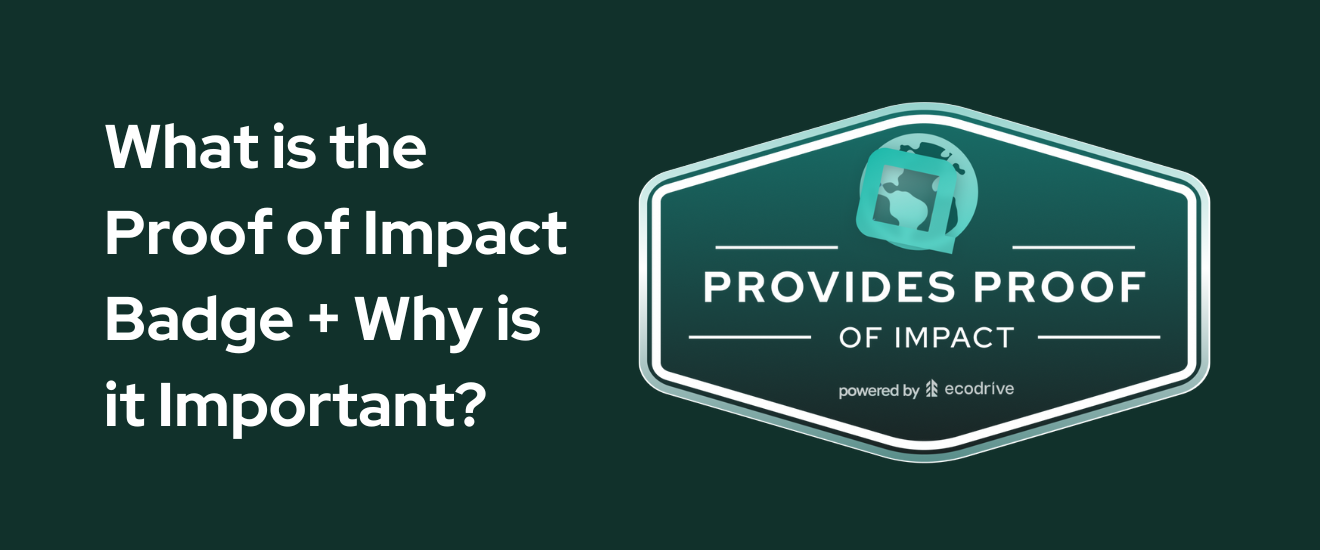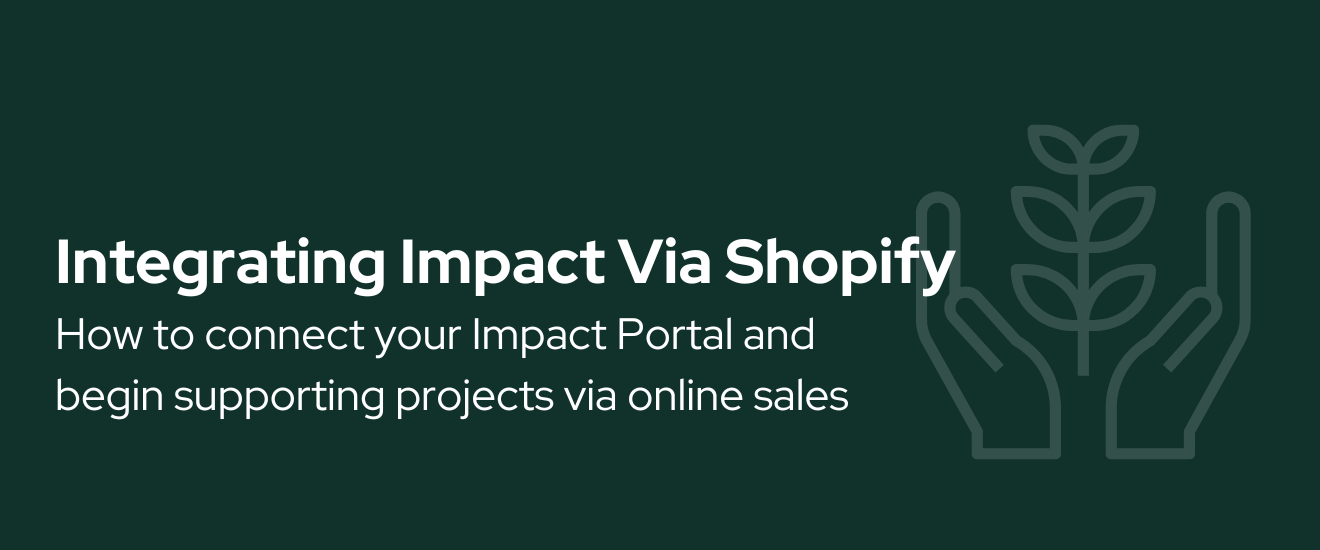5 Sustainability Metrics Every Business Should Track in 2025
The data to keep an eye on in order to successfully engage and incentivize business stakeholders, employees, and customers
Sustainability is moving from a marketing “nice-to-have” to a measurable business priority. Investors, customers, and even employees want to know: What are you actually doing?
And equally important—How are you measuring it?
These five metrics are essential for brands aiming to track progress, build credibility, and unlock growth through environmental action in 2025.
1. Carbon Footprint Per Product or Transaction
Your carbon footprint is your climate fingerprint.
Measuring the carbon emissions associated with each product or order is now standard practice for climate-conscious brands.
Whether it’s shipping, production, packaging, or daily operations, every part of your supply chain has a carbon cost. Calculating emissions per product helps you identify hotspots, optimize logistics, and transparently communicate progress to customers.
Brands like Allbirds show the carbon cost of every shoe on their product page—and customers love the transparency.
Free calculators exist, but for accuracy, tools like Planetly or Watershed can integrate directly into your workflow.
2. Waste Diversion Rate
This measures the percentage of your waste that is reused, recycled, or composted rather than ending up in landfills or incinerators.
Why does it matter? Because packaging and operational waste are often overlooked when evaluating sustainability performance.
By tracking your diversion rate, you can set real targets (say, diverting 80% of all waste from landfills by year’s end) and share meaningful progress.
It also encourages upstream changes—like switching to reusable packaging or engaging suppliers in closed-loop systems.
Customers increasingly expect brands to not just offset their impact but reduce it at the source.
3. Verified Environmental Contributions
You can’t manage what you don’t measure—and you certainly can’t market unverified impact in today’s skeptical world.
Verified contributions include measurable outcomes like “trees planted,” “pounds of plastic removed,” or “square meters of kelp restored.”
When these actions are third-party verified (e.g. by Ecodrive), your business gains trust and compliance credibility. Better yet, you can use that data in dashboards, marketing assets, and ESG reports.
Verified contributions are particularly powerful when they’re traceable—so customers can see exactly where and how the impact happened. It’s not just about being good—it’s about proving it.
4. Water Usage and Conservation
Water stress is one of the defining environmental challenges of the decade. Every business uses water—directly or indirectly.
Whether you're a café, a fashion brand, or an e-commerce retailer, tracking water usage can uncover hidden opportunities to save money and reduce your footprint.
For manufacturers and food brands, this might involve sourcing from suppliers that use regenerative agriculture or efficient irrigation systems. For others, it might mean using less water in packaging production or facility operations.
Water conservation messaging also resonates with conscious consumers—especially in drought-prone regions.
5. Customer Engagement with Impact
One of the most overlooked sustainability metrics is engagement.
Are people interacting with your sustainability content?
Are they clicking on your impact dashboards, opening your Earth Day emails, or sharing your verified stats?
These are leading indicators that your mission matters to your audience.
Use platforms like Google Analytics, Shopify, or Klaviyo to track behavior.
High engagement suggests strong alignment and long-term loyalty potential.
And if your metrics are low, it’s a sign to rework how (and where) you tell your sustainability story.
In short: Your impact matters. But so does how you measure—and communicate—it. Start with these five metrics, and you'll build the kind of trust that modern consumers reward with loyalty.












